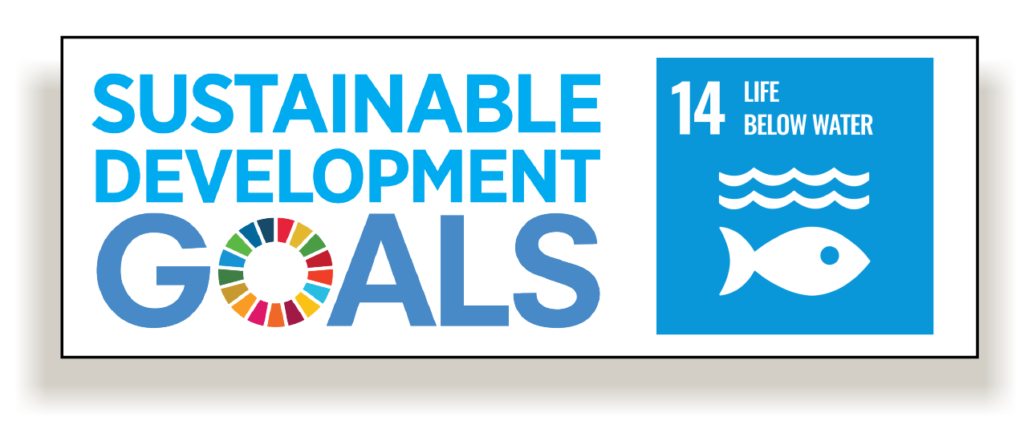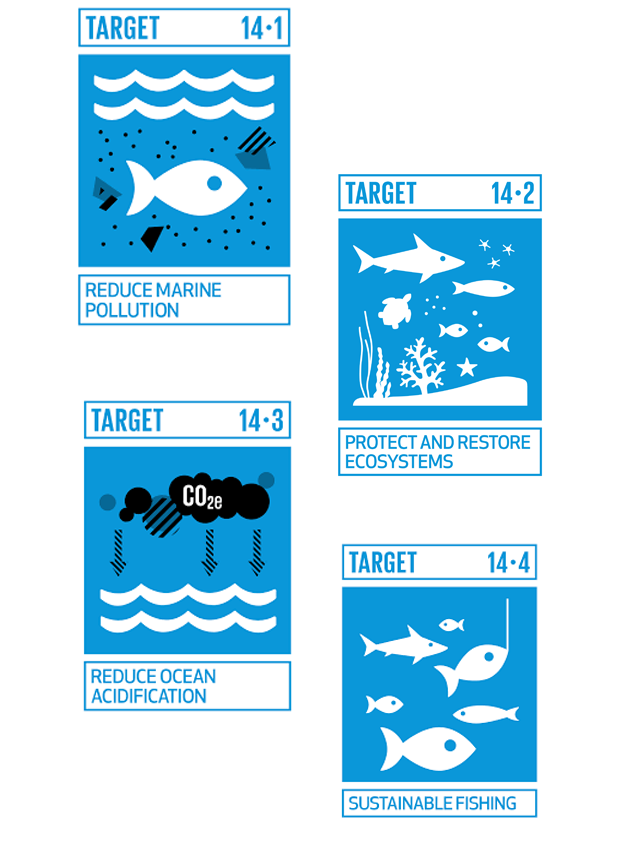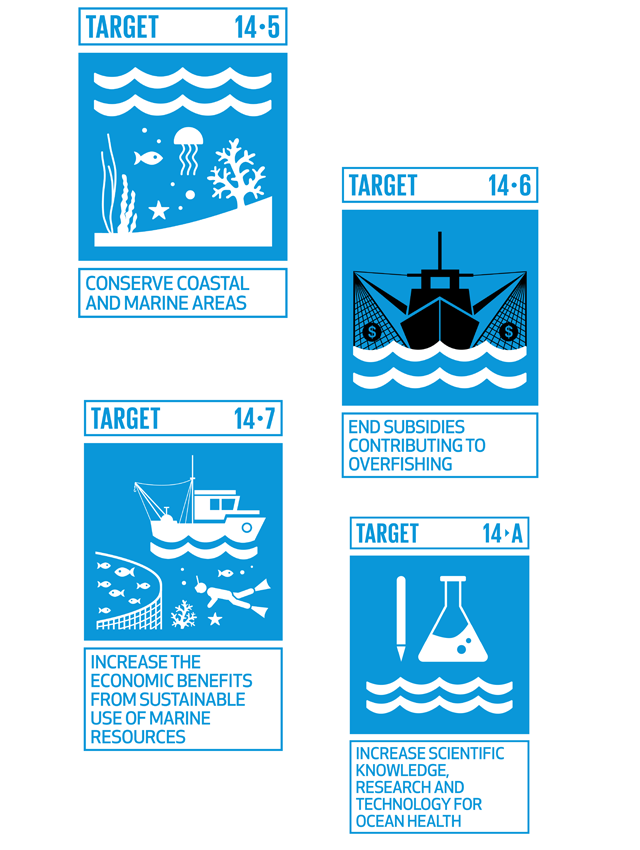Conserve and sustainably use the oceans, seas and marine resources for sustainable development.

The Sustainable Development Goals (SDGs) outlined by the United Nations aim to address some of the world’s most pressing challenges, from poverty to climate change. Among these goals, SDG 14, “Life Below Water,” stands as a vital commitment to the conservation and sustainable use of the ocean, seas, and marine resources.


The Essence of SDG 14
SDG 14 encapsulates the urgent need to safeguard our oceans and marine ecosystems, recognizing their crucial role in sustaining life on Earth. It addresses various interconnected issues threatening these environments, including marine pollution, overfishing, habitat destruction, and the impacts of climate change.
Goals and Targets
SDG 14 comprises ten targets that range from mitigating marine pollution to conserving coastal and marine areas. These targets emphasize:
- Reducing Marine Pollution: Mitigating marine debris, plastics, and pollutants to maintain the health and biodiversity of marine ecosystems.
- Sustainable Fisheries: Preventing overfishing and illegal, unreported, and unregulated fishing practices, promoting sustainable management of fisheries.
- Conservation of Coastal and Marine Ecosystems: Protecting and restoring coastal ecosystems like mangroves, coral reefs, and seagrasses, which serve as crucial habitats and mitigate climate impacts.
- Ocean Acidification: Addressing the impacts of ocean acidification, a consequence of increased carbon dioxide absorption by the oceans, which threatens marine life.
- Marine Scientific Research: Enhancing scientific knowledge, research, and technology transfer to better understand and protect marine ecosystems.
Progress and Challenges
While progress has been made in some areas, significant challenges persist. Rising sea levels, plastic pollution, illegal fishing activities, and habitat destruction continue to endanger marine life and threaten the livelihoods of coastal communities.
Efforts to combat these challenges involve global cooperation, innovative solutions, policy interventions, and community engagement. Initiatives like marine protected areas, sustainable fishing practices, waste management strategies, and climate change mitigation measures are integral to achieving SDG 14.
The Role of Stakeholders
Governments, international organizations, NGOs, businesses, scientists, and local communities all play pivotal roles in achieving SDG 14. Collaboration and concerted efforts across sectors are necessary to develop effective policies, promote sustainable practices, and raise awareness about the importance of preserving our oceans and marine resources.
Looking Forward
As we progress towards the SDG 14 targets, it is imperative to maintain momentum and scale up actions. Continuous monitoring, innovative technologies, capacity-building, and inclusive governance will be key in ensuring the long-term health and resilience of our oceans.
Conclusion
SDG 14 embodies a global commitment to safeguarding life below water, recognizing the interconnectedness of ocean health with the well-being of both present and future generations. By embracing sustainable practices and collective action, we can preserve the invaluable treasures of our oceans, ensuring their vitality for generations to come.


